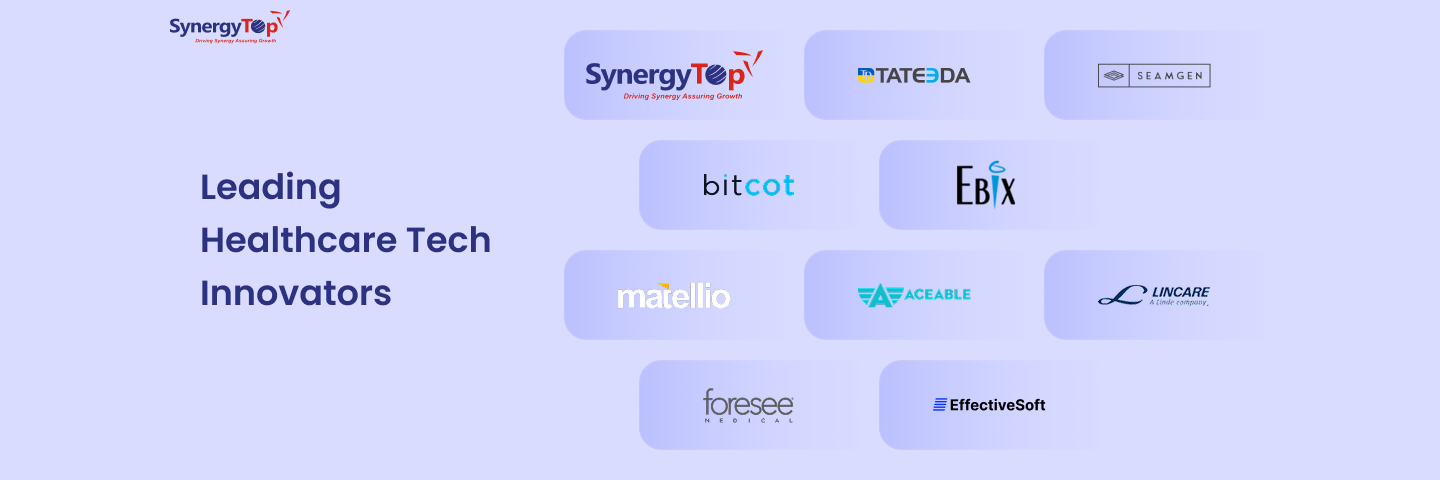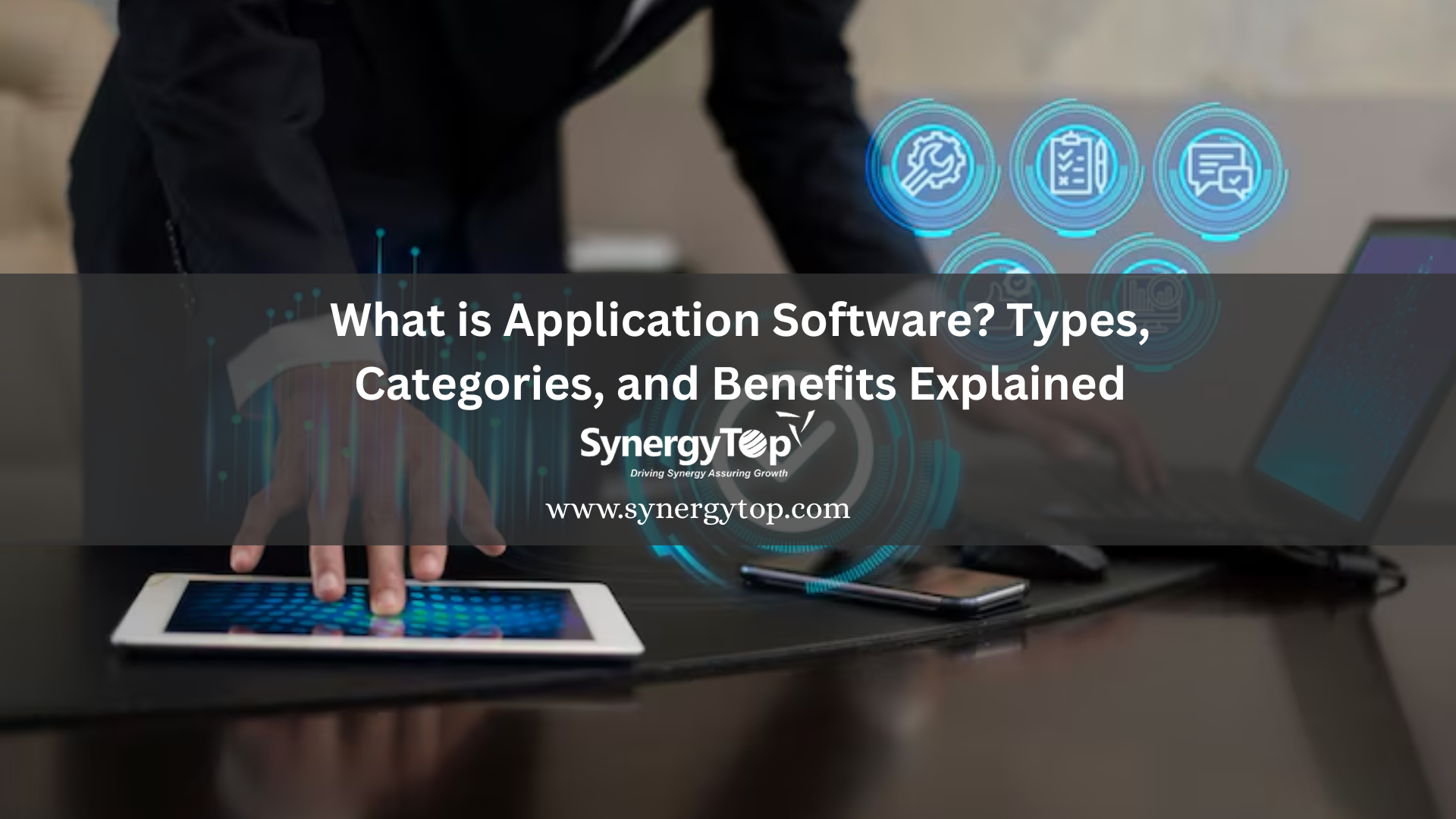In the 21st century, data privacy is a major concern.
It is a person’s right to determine what information about them is publicly accessible and can be used for marketing or other money-making endeavours.
And as a business owner, you are responsible for keeping your audience’s data safe. In fact, 64% of U.S. users will blame a company – and not the hackers – for the loss of personal data. Thus, you need to take the right steps to ensure that your audience’s data is not leaked or compromised from your end and your image doesn’t get tarnished. Moreover, ensuring data privacy will also help you avoid legal fines.
If you are a service organization, SOC2 is a voluntary compliance standard developed by the American Institute of CPAs (AICPA) that you should adhere to. SOC2 specifies how organizations should ideally be managing their customer’s data.
Moreover, if you are operational in the healthcare field, it becomes even more important for you to ensure that patient health information (PHI) remains safe and secure. The State enforces it through the Health Insurance Portability and Accountability Act, abbreviated as HIPAA. It is a federal act that protects people covered by health insurance and makes rules about storing personal medical data.
That means SOC2 and HIPAA compliance are two of the most important prerequisites to becoming a data secure organization, winning the trust of the public and avoiding landing in a legal hot soup.
Data Protection Moves Online
As more information and businesses move online, it has also become important for healthcare businesses to ensure their web app (or website) is SOC2 and HIPAA compliant.
But the process can be complicated and overwhelming
To help you with that, we have curated a guide that you can follow step by step to get a SOC2 and HIPAA compliant website developed. So let’s get started.
Building a SOC2 and HIPAA compliant web app
When it comes to web applications, security compliance applies to:
- The data that is stored online,
- The processes and procedures used to access it, and
- The transmission of sensitive data.
Here are 8 ways to ensure that you have a HIPAA and SOC2-compliant web app.
1. Compliant hosting
A SOC2 and HIPAA-compliant web host is your first prerequisite for a compliant web app. You can ask your web hosting service provider if they are compliant or not. And if not, it is crucial to find another host.
Along with your hosting provider, you have to ensure that regular scans and updates are done to prevent sensitive information from being compromised. And as per HIPAA in case a security issue arises, your web host has 48 hours to resolve it.
2. Use an SSL certificate
An SSL certificate is used to create a secure connection between the server and your website or web app. Using an SSL certificate helps prevent data leaks.
Further, an SSL certificate shows in the URL bar of the browser when your audience visits your web app. Thus, it builds trust. Also, Google ranks secure sites that have SSL certificates higher than those that don’t.
3. Secure all web forms
Contact forms on the website or web app or chatbots can also be a source of data-related vulnerabilities. And if your audience uses contact forms, chatbots or appointment services on your app, you should encrypt and secure them. For that, CAPTCHA is the best way. It saves your site from brute force attacks and bot attacks.
4. Ensure your third-party contractors are compliant too
To be compliant with SOC2 and HIPAA, it is important that the third-party businesses you interact with also follow the compliance best practices.
Thus, your payment gateway providers, staff, and even web development partners have to be compliant.
SynergyTop is one such organization that follows all HIPAA and SOC2 best practices. And just like you, we too take data privacy and protection seriously.
5. Restrict access to information
Just like you restrict access to information offline, make sure information is restricted to designated users online too. This can be done through admin logins and member logins where only registered people can access personal and sensitive information.
6. Develop and implement systems for accepting, storing, transmitting, and deleting information
Whether it is PHI or any other confidential information, you need to develop systems that can standardize the way of accepting, storing, transmitting, and deleting that information.
Building HIPAA-compliant data management software that integrates with your web app should be your top priority.
7. Provide relevant training
The SOC2 and HIPAA-compliant system you get built for your web app will definitely be new for your employees. And to ensure a web app is used in a compliant matter, you need to make sure your employees, especially the ones who will be directly dealing with the data software and the web app know how all of it works.
8. Check your database design
The database you use for your web application should also be HIPAA-compliant to ensure the overall app stays compliant. For that, the database should be encrypted, all designated people with access to the database should have unique login credentials, and there should be audit logs. Further, the database software should remain updated at all times to make sure it is not exposed to vulnerabilities.
A HIPAA-compliant website and web application are a must-have for any healthcare business. And for the rest, SOC2 compliance is important.
We at SynergyTop excel at creating websites, web apps, software solutions, and mobile apps which are compliant with local and global data privacy and protection norms.
















